How will the wet spring impact field crop insects?
An update on field crop insects and wet weather during the 2019 growing season.

I have been getting many questions (and theories) about the how the wet spring will impact insects. My thoughts are below, divided by insect.
First, a plug for the upcoming Michigan State University Extension Virtual Breakfast on Thursday, June 20, at 7 a.m. via Zoom. Marty Chilvers will be talking about tar spot (a hot topic at the end of 2018) followed by a weather report from Jeff Andresen. Log on free via computer at https://msu.zoom.us/j/552324349 or listen by phone at 1-669-900-6833 and enter meeting ID 552-324-349. People logging in by computer can type in a question for Marty, and those calling in can ask questions by voice.
Insects and wet weather
Many people have called to ask how wet weather will affect certain insects—there is no easy answer. The crummy conditions favor certain pests or increase the risk of their damage often because of weed control problems. But other species will experience a reduction in the population, either locally or across a broad area. And don’t forget beneficial species; they also can be impacted in a positive or negative way. The impact on field crops insects won’t be just this month or this season, but some effects or changes in populations may carry on into 2020. Below, I try to explain some of this, with common species of interest, and point out the “positive” aspects too.
Wet/cool conditions
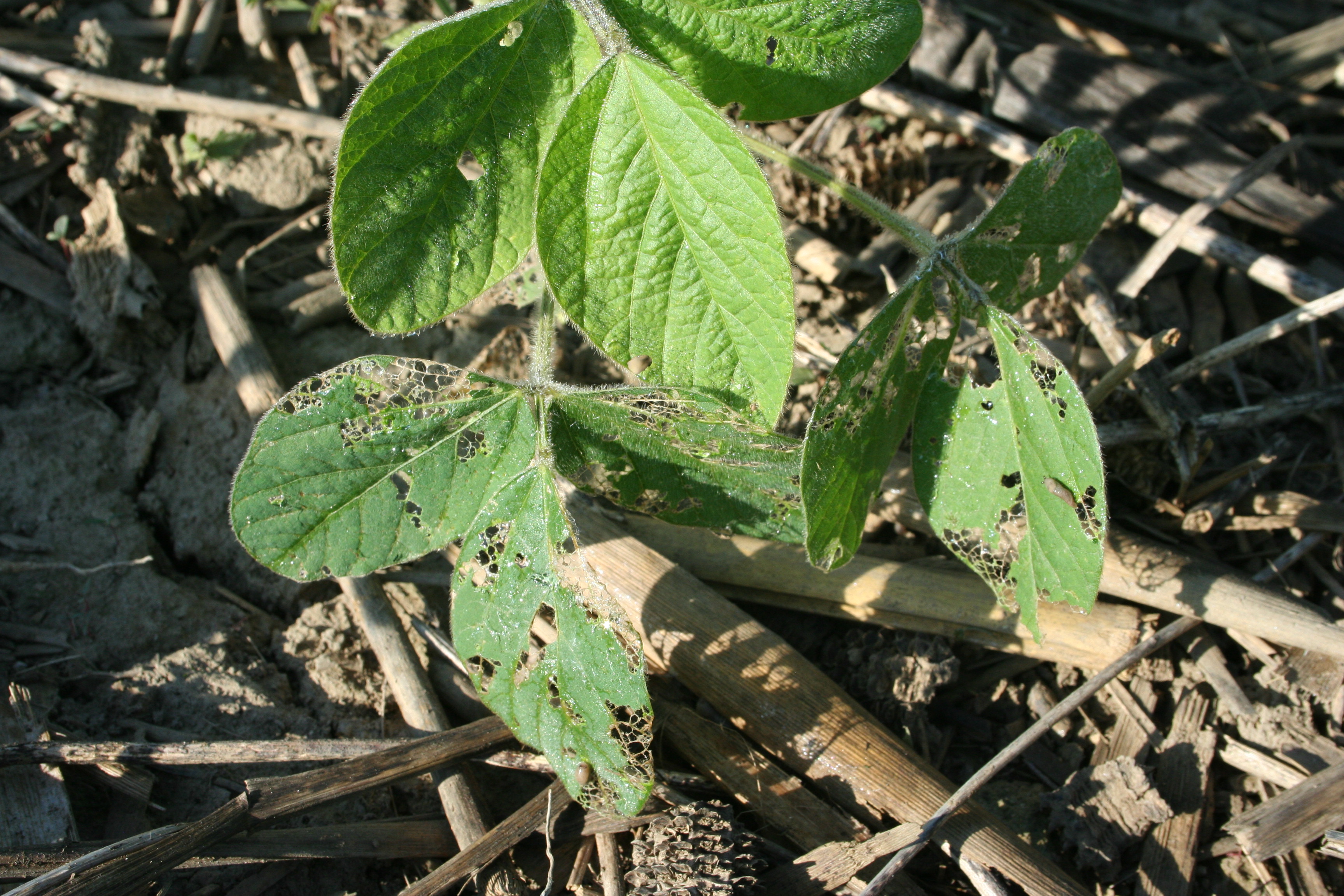
Many soil pests, such as slugs and seed corn maggots, are favored by cool or wet conditions. Plants grow slower, there is a longer time for damage to occur on plants struggling to emerge, and there is decaying stuff that is attractive for egglaying. At this point, it’s too late to replant. The solution is sun and warmth to get plants actively growing out of the feeding damage.
Under wet conditions, there is also a lot of rotting residue or seeds. Millipedes may be present near rotted seeds, but they are simply feeding on the decaying stuff. Don’t blame them, they were not the original cause of the problem!
Positive aspects of wet conditions
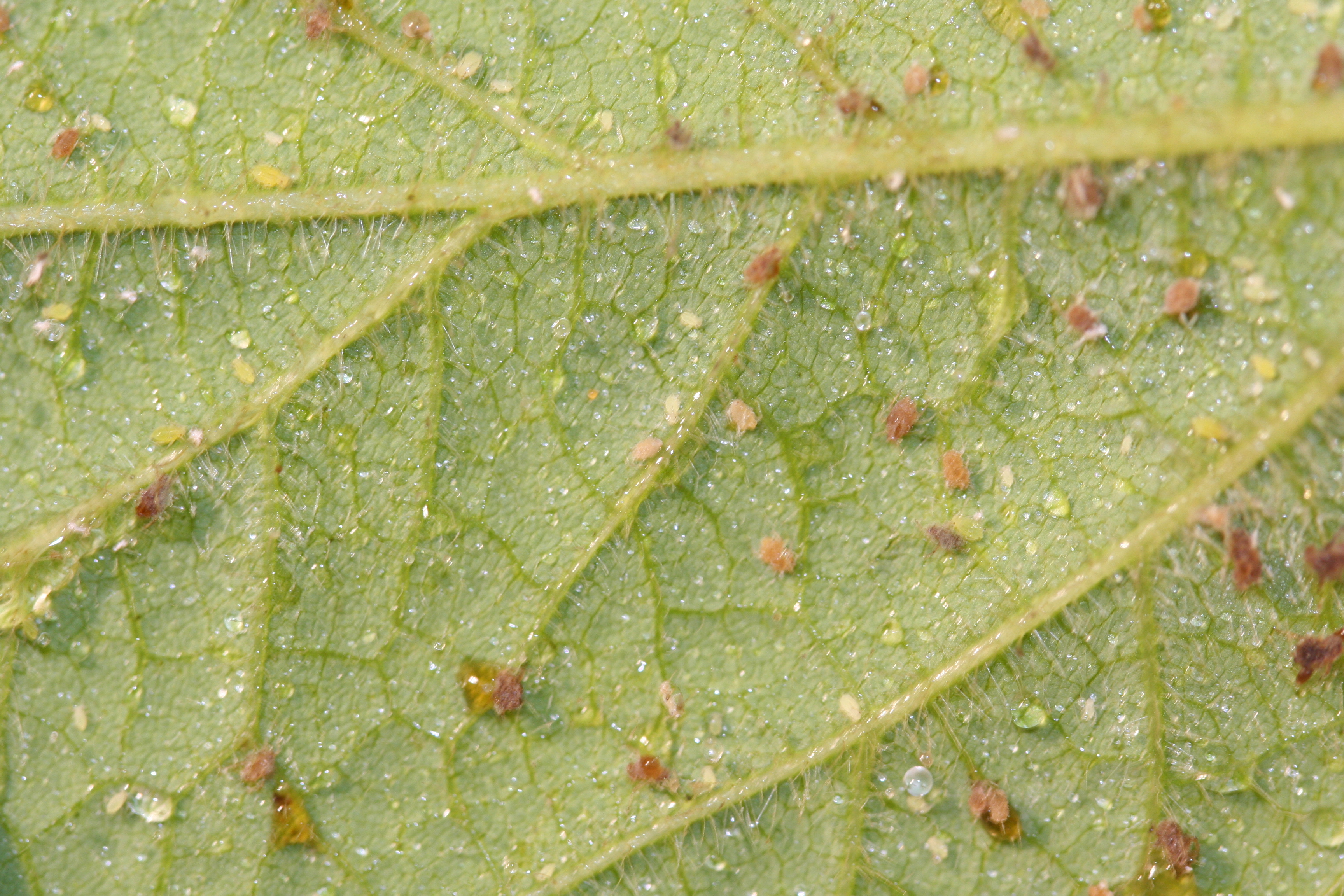
Saturated or flooded fields can be a killing zone for insects that must spend time underground. Under wet soil conditions, they die (they essentially drown) from lack of oxygen. Examples include Asiatic garden beetle grubs and other scarabs like Japanese beetles, corn rootworm eggs and larvae, and western bean cutworm pupae. Of course, the type of soil and length of time saturated will determine how much killing occurs.
Several years ago, heavy spring rains and saturated soil pretty much wiped the rootworm population in the livestock area north of Lansing, Michigan. It took several years for rootworms to build back up. In 2018, some fields in southwest Michigan completely flooded for days, and this wiped out Asiatic garden beetles in many fields. Topography can make a difference, with insects surviving on higher sandy ground, but not in lower parts of a field.
Moist condition can also favor infection by certain entomopathogens (insect-killing fungi) that are natural biological controls. I don’t know a lot about these fungi, but they are present and provide some background mortality under the right conditions. Insects killed by fungi are often covered in whitish or pink fuzzy growth.
Weeds

The wet, windy spring has resulted in no or poorly-timed herbicide application in many fields. Some insects like black cutworm use low growing weeds as a primary egglaying spot and switch to the crop later. Cutworms have probably run their course in southern and mid-Michigan, but they could have contributed to stand loss in parts of fields that were very weedy. This may not be apparent until after (or if) herbicides are finally applied or when fields are scouted later.
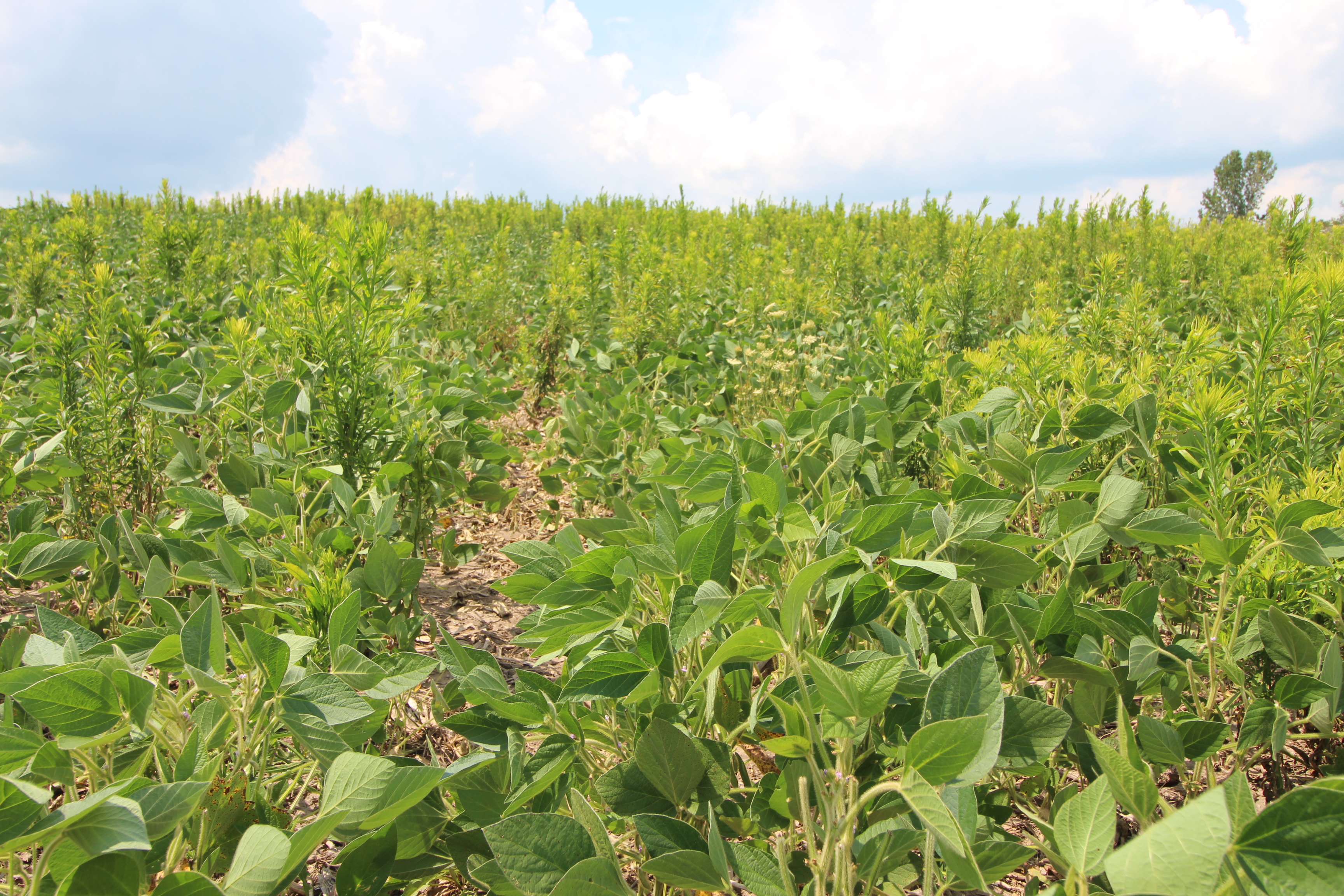
As the summer goes on, weed escapes can lead to future insect problems. One such case is marestail, which is very attractive to Asiatic garden beetle adults. The beetles feed on the leaves of marestail at night and burrow into the soil around the plant during the day. We know that females lay eggs around the plants too. A lot of marestail in a field could lead to an Asiatic garden beetle infestation in that field that becomes apparent at planting time next year.
Delayed cutting
The weather delayed timely cutting of alfalfa in southern and mid-Michigan, and there are reports of alfalfa weevil taking advantage. In a normal year, cutting is recommended for weevil control followed by spraying of the stubble if larvae persist above threshold. At this point, spraying isn’t an option because of the wet conditions and close preharvest intervals. The recommendation remains the same: cut as soon as practical and check the regrowth.
The good thing is that there is only one generation of alfalfa weevil, which will end soon, and there are several different parasitoids that attack weevils in fields that are not sprayed. Even better, there is a highly effective entomopathogen that infects weevil larvae and pupae when humidity is high, so I suspect this biocontrol is currently active.
Failure to plant: Fallowed or covered-cropped fields
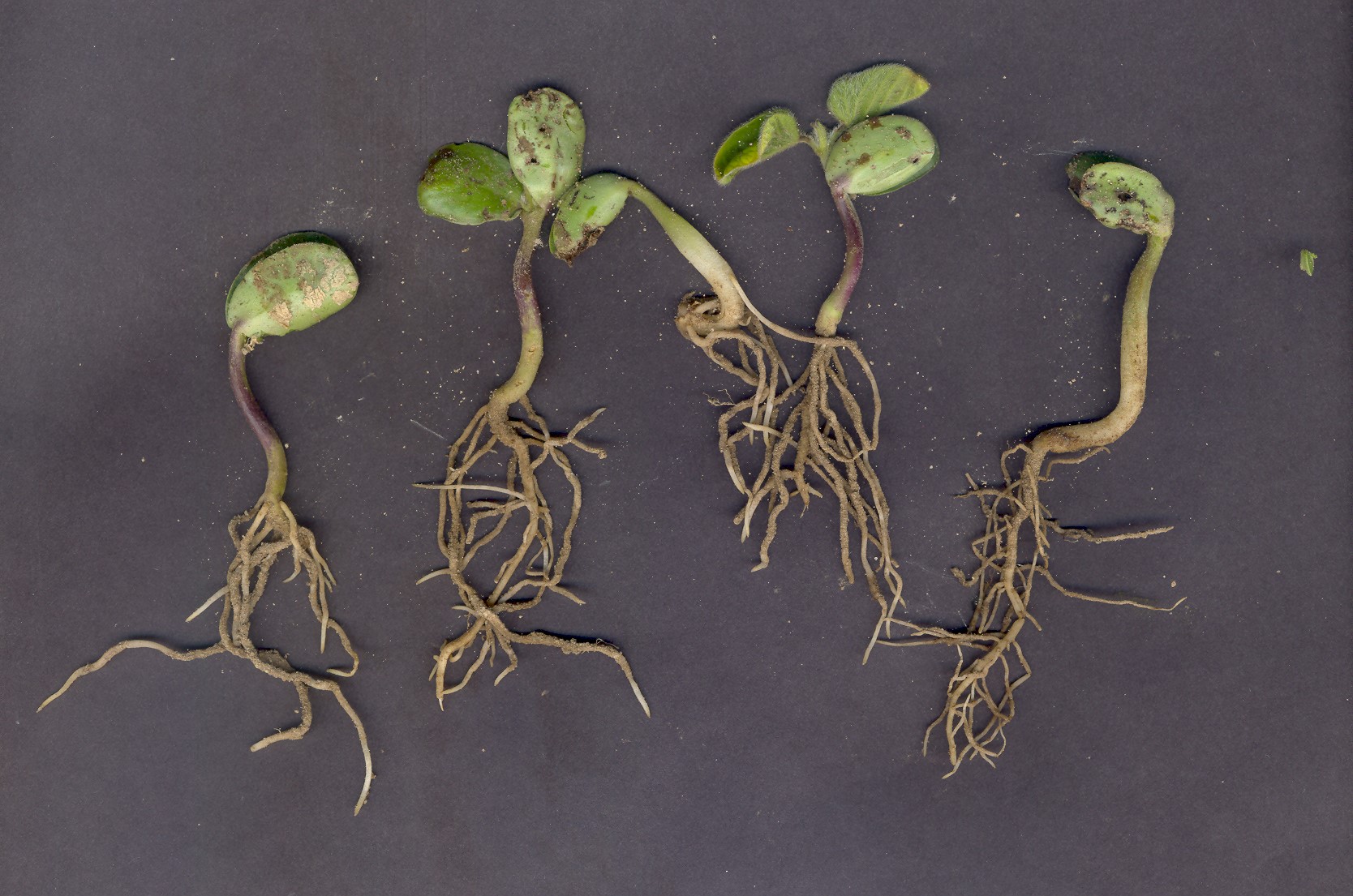
Field that don’t get planted must still be managed for weeds. If not, the resulting weedy mess may be attractive to Asiatic garden beetle and other insects for egglaying this summer (see above). The weeds then act a bridge (a food source) for insect larvae into the fall. The following spring, heavy mats of low growing weeds could result in black cutworm egglaying sites, plus moist decaying plant material for slugs. In the spring when herbicides are finally sprayed, or the field is tilled, the resulting vast areas of dying green weeds will be attractive to egglaying seed corn maggot flies.
An alternative to leaving a field fallow is to plant a cover crop with the benefits of reduced weed growth, improved soil health and harvest as forage (as per crop insurance rules). Depending on the cover planted and its termination timing, covers may support pest insects. Wireworms, for instance, can infest grassy covers and be present in the soil the next season. If a cover persists over the winter, it can present the same problem as weeds in the spring. Grass covers are especially attractive to true armyworm for egglaying in the spring. When cover crops are worked into the soil as a green manure, the decaying vegetation attracts egglaying seed corn maggots. But if the intention is to chop the cover for forage this year, developing a pest population is much less likely.
Positive aspects of fallow or cover-cropped acres
Acres that are not tilled or sprayed with insecticide over the summer can provide a refuge for beneficial insects in the landscape. All sorts of predators and parasitoids can find food and shelter in these areas and build up over the summer. They can then move into neighboring cropped fields to provide free control of pests like soybean aphids, leaf beetles and caterpillars. Many beneficials will also overwinter locally and emerge next year to control early season pests like grain aphids, cereal leaf beetle, etc.
Variability: early versus late-planted fields
This season, fields will be planted anywhere from mid-April to mid-June, which will result in a wide variation in crop stage in fields across the landscape. Depending on the timing of the planting windows in a region, insects will likely find attractive egglaying sites and optimal food sources for an extended time if they can move from field to field to take advantage of the patchwork of stages. Fields that are out-of-synch with the surrounding landscape (e.g., the only field that got planted in a neighborhood or a field planted earliest or latest) may act as a trap crop, attracting insects from the neighborhood.
First-generation European corn borer prefers early planted corn. First generation is attracted to the earliest planted (tallest) corn in the landscape for egglaying. Small corn plants (V6 or less) contain the chemical called DIMBOA, a natural feeding deterrent, but the amount of chemical drops off in older plants. Thus, early planted non-Bt fields could be very attractive to European corn borer this year, especially in a neighborhood where all the surrounding corn is late planted. However, while moths are beginning to fly in lower Michigan, thus far I haven’t seen any corn that is more than the two-to-three leaf stage, so it remains to be seen how or if the earliest planted fields line up with flight. Later into the summer, if the rainy pattern continues after egg hatch, small larvae are susceptible to drowning in the whorl; this weather-induced mortality can greatly reduce the population in a local area.
Second generation European corn borer occurs later in the season, usually infesting any corn that is available, although younger fields are preferred. Thus, late planted fields in a landscape may be more attractive for egglaying in late July and early August.
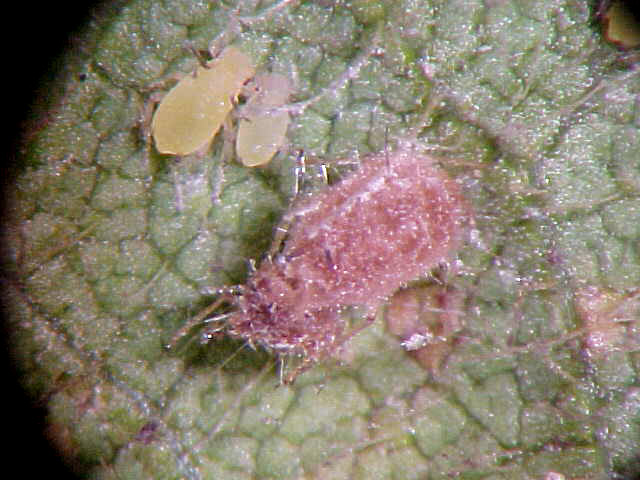
Soybean aphids move off of their overwintering host in May and infest emerging (early planted) soybean fields downwind. This year, there may have been few bean fields even planted when this movement occurred. Non-winged aphids increase in these fields, then a new batch of winged aphids disperse around the landscape in July to colonize new fields. Typically, we also see some longer distance movement of aphids from states to the west on wind days. At this time, aphids develop best in fields that are younger and actively growing (late planted) compared to the surrounding landscape. This year, there will be a lot of soybean planted in June, and these fields should be checked for soybean aphids in mid-late July. The spray thresholds for aphids are robust and should be followed.
Western bean cutworm is a mixed bag. On one hand, saturated field conditions may reduce numbers this year because western bean cutworm overwinters and pupates 6-12 inches underground. This would be especially true in wet, heavier soils (for example, in the Thumb). However, western bean cutworm populations tend to be highest in areas with sandy soil, which drains better, especially if there is rolling topography. The western bean cutworm moths that do emerge will look for pretassel corn for egglaying—at that point, infestations will depend on how (or if) moth flight lines up with crop stage, and the patchwork of fields in the landscape. Moths that find only late planted V-stage corn may lay eggs there, but larvae can’t survive only on leaf tissue. Isolated pretassel fields in a background landscape of soybean or prevented-planted field may act like a trap crop and accumulate egglaying, but if a series of corn fields have been planted in a neighborhood over a two-month period so that pretassel corn is available for many weeks, egglaying may be “diluted out” as moths move from field to field to follow pretasseling.
In central Michigan, if corn is lacking, dry beans will likely be extra attractive as a place to lay eggs. Thus, I can envision several different scenarios where western bean cutworm numbers are reduced this season because of the weather, or some corn fields get heavily infested like a trap crop, or infestations are highest in dry beans because of the lack of corn. I think each person needs to look at their local landscape and assess it like a female western bean cutworm—what is she thinking and where is she going?
Corn rootworm adults sometimes move out of their birth field in late August. Adults feed on fresh silk tissue and in the ear tip. If silks in a field dry down, but a later-planted field nearby still has fresh silk, adults will move into the neighboring field. This pushing and pulling of beetles around the landscape can lead to heavy egglaying in later-planted fields (which essentially function as a trap crop), and then rootworm infestation or damage in corn the next season. Note also that beetles are forced to move when a field is chopped for silage. Given the expected short supply of feed this season, this is something to keep in mind and to watch for in areas where silage might be chopped early (for example, west of St. Johns, Michigan, the area I call the “rootworm black hole”).



 Print
Print Email
Email